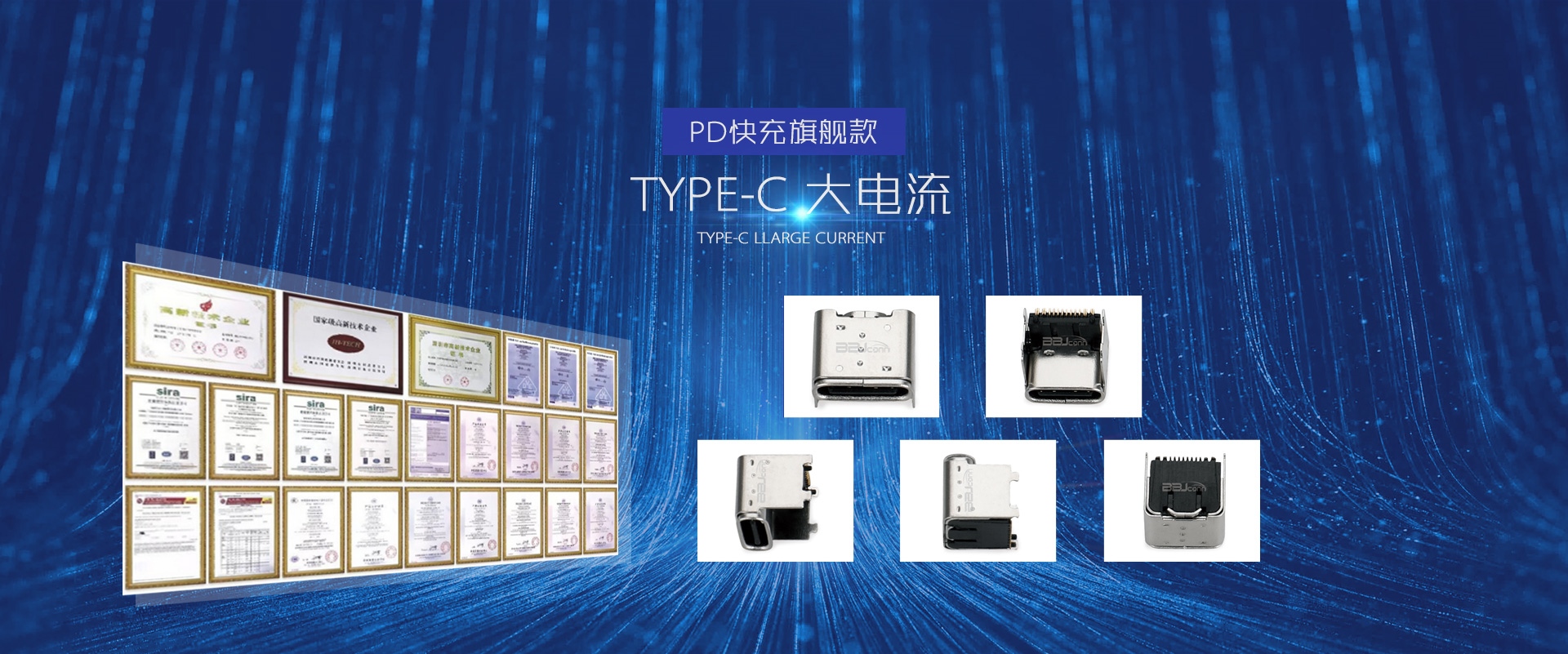USB3.1 and fast charging connector often appear together, but in fact fast charging connector and USB3.1 are not the same. USB3.1 is an industry standard initiated by big companies such as Intel. USB3.1 is characterized by data transfer speed Extremely fast, the theoretical speed can reach 10Gbps. USB Type-C is a connector specification consisting of a Type-C plug and a Type-C socket.
In the recent USB3.1 standard, there are three interface styles, one is Type-A (ie Standard-A, the most common USB interface style on traditional computers), and the other is Type-B (ie, the current mainstream Android The interface style used by smartphones is Micro-B), and the other is Type-C (the newly designed interface style mentioned above).

Since the original USB standard has no power supply capability, the power supply of USB1.0 and 2.0 is only 2.5w (0.5A\/5v). Although this is enough to power small electronic devices such as mobile phones, it is obviously far from mobile hard drives and other devices. It is far from enough. And even for charging mobile phones, 2.5w does not seem to be very sufficient at present. The fast charging connector came into being, and its power supply can reach 4.5w (0.9a\/5v). The USB-TypeC1.1 specification also has Its own power supply working mode, in this mode, the USB-TypeC interface can perform fast charging.
As part of the power standard, the new power management system introduces the power level required for a new bidirectional data channel. This is to ensure its compatibility with legacy devices and reduce device damage caused by non-compliant data cables. USB3. The main difference between 0 and fast charge connectors is: 3.1 supports up to 2 times the peak data transfer rate of 3.0. Most devices will likely jump straight to 3.1, and developers are tasked with making sure their devices can support these 2 new standards, while ensuring that their devices are backward compatible.
However, when it comes to transfer rate, we have to look at it holistically, because this is the same as the barrel method, and any non-standard link will directly affect the final rate. For example, plugging a USB3.1 device into a USB2.0 port will The transfer rate is limited to 480Mbps. In practical applications, the hardware will also severely restrict your transfer rate, such as the hard disk itself.
So we can simply understand it as: the fast charging connector refers to the two-way connection type, and the version number like "3.1" refers to the data transmission speed and other specifications, such as interface or data line specifications. However, both of these two There is no strict definition of fast charging connector power supply specifications or peak current specifications, nor does it emphasize device or data cable compatibility.
